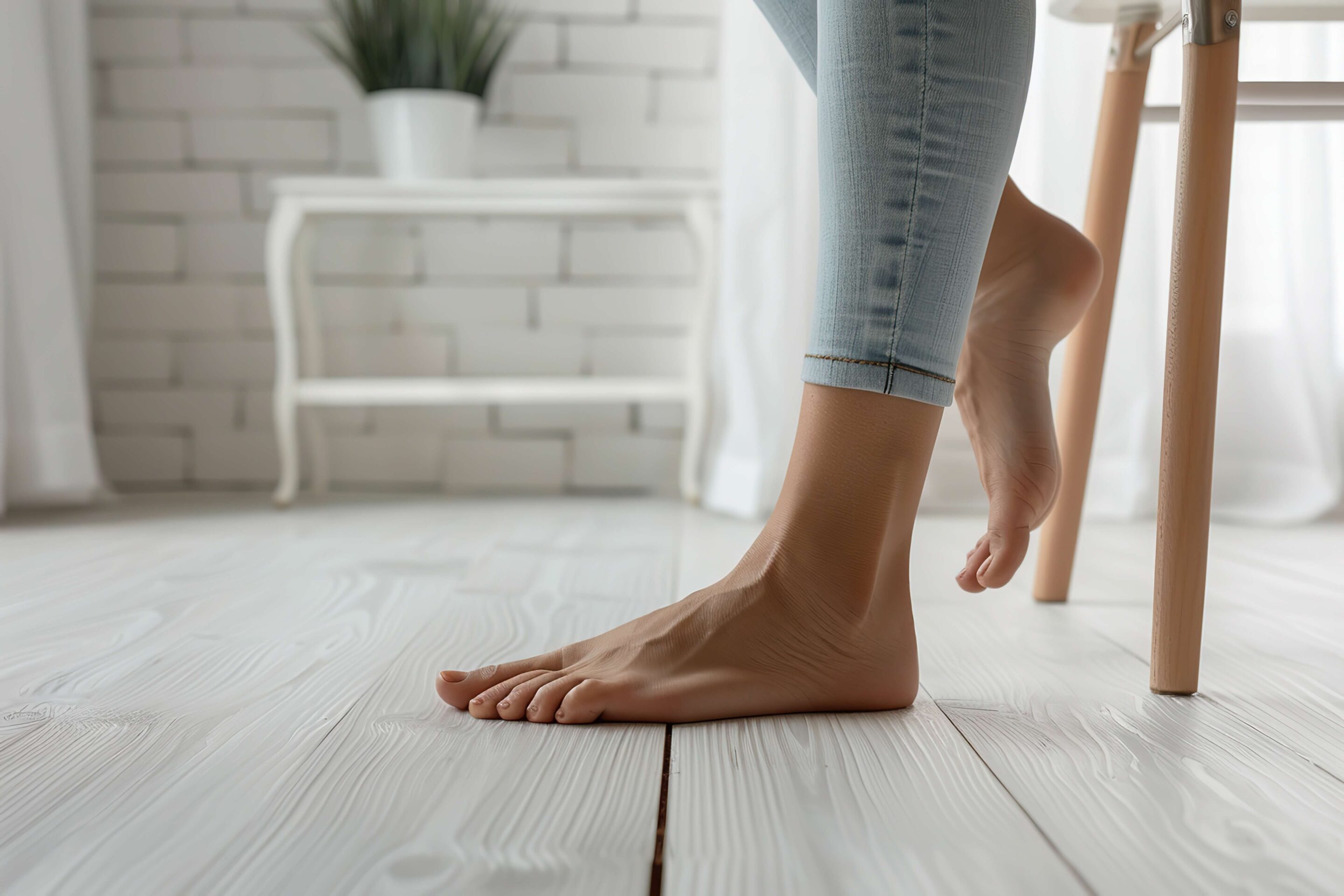What is the Fastest Way to Heal a Heel Spur?
Heel spurs can be incredibly painful, impacting daily activities like walking, standing, and even resting. These bony growths on the underside of the heel often cause sharp, stabbing pain, especially during the first steps in the morning. Addressing heel spurs promptly is crucial for quick relief and to prevent further complications. In this blog, we’ll explore the fastest ways to heal a heel spur, from home remedies to advanced medical treatments.
Understanding Heel Spurs
Definition and Symptoms
Heel spurs are calcium deposits that form on the underside of the heel bone, typically where the plantar fascia connects to the heel. They develop gradually over time due to repeated stress and strain on the foot. Common symptoms include sharp heel pain, especially when standing or walking, tenderness around the heel, and inflammation in the affected area.
Causes and Risk Factors
Heel spurs are often linked to plantar fasciitis, a condition characterized by inflammation of the plantar fascia—a thick band of tissue connecting the heel to the toes. Other causes include excessive strain from activities like running or jumping, wearing improper footwear that lacks arch support, and prolonged standing. Risk factors for heel spurs include obesity, aging, and participation in high-impact sports. Understanding these causes and risk factors is essential for both treatment and prevention.
Diagnosing Heel Spurs
Physical Examination
Diagnosing heel spurs typically begins with a physical examination. Our experienced team will assess the affected foot, checking for tenderness, swelling, and pain points. They’ll also review the patient’s medical history to identify contributing factors such as lifestyle habits, physical activities, or previous foot injuries.
Imaging Techniques
To confirm the presence and severity of a heel spur, diagnostic imaging techniques like X-rays or MRI scans are used. X-rays are particularly effective in revealing the bony growth, while MRI scans provide detailed images of soft tissues, helping to rule out other conditions like plantar fasciitis or stress fractures.
Initial Home Remedies for Heel Spur Relief
Rest and Activity Modification
Resting the affected foot is crucial for healing. Reducing activities that put stress on the heel, such as running, jumping, or standing for extended periods, can significantly alleviate pain. Modifying your daily routine to include more rest breaks helps minimize irritation and promotes faster recovery.
Ice Therapy
Applying ice packs to the heel reduces inflammation and numbs pain. For effective relief, apply ice for 15-20 minutes, several times a day. It’s essential to use a cloth barrier to prevent frostbite and skin irritation. This simple, cost-effective method provides quick relief, especially during flare-ups.
Effective Medical Treatments for Heel Spurs
Orthotic Devices
Custom orthotics and heel pads provide cushioning and support, redistributing pressure away from the heel spur. They help correct foot mechanics, reducing pain and preventing the condition from worsening. Orthotics are particularly beneficial for those with flat feet or high arches, as they improve foot alignment and reduce strain on the plantar fascia.
Medications
Over-the-counter pain relievers like NSAIDs (e.g., ibuprofen) help manage pain and inflammation. For more severe cases, corticosteroid injections may be administered by a healthcare professional to provide targeted pain relief. It’s essential to use these medications as directed to avoid potential side effects.
Advanced Therapies for Quick Recovery
Physical Therapy
Physical therapy is highly effective for treating heel spurs. Specific exercises and stretches, such as calf stretches and plantar fascia stretches, improve foot flexibility and strengthen surrounding muscles. Physical therapists also teach techniques to enhance foot mechanics, reducing stress on the heel. Regular physical therapy sessions accelerate healing and minimize the risk of recurrence.
Shockwave Therapy
Extracorporeal Shockwave Therapy (ESWT) is a non-invasive treatment that uses sound waves to stimulate healing in the affected area. It improves blood flow, reduces inflammation, and promotes tissue repair. Shockwave therapy is particularly effective for chronic heel spur pain, offering a safe and quick recovery option without surgery.
Surgical Options for Persistent Heel Spurs
When Surgery is Necessary
Surgery is considered when conservative treatments fail to provide relief. This is typically after six to twelve months of persistent pain and limited mobility. Surgical procedures involve removing the bony growth or releasing the plantar fascia to reduce tension.
Recovery and Post-Surgical Care
Recovery from heel spur surgery varies depending on the procedure but generally takes several weeks. Patients are advised to rest, keep the foot elevated, and gradually resume activities as recommended by our seasoned surgeons. Wearing supportive footwear and following a rehabilitation plan ensures a smooth and fast recovery.
Preventing Heel Spurs and Recurrence
Proper Footwear
Wearing supportive, well-fitted shoes is crucial for preventing heel spurs. Look for footwear with adequate arch support, cushioning, and a firm heel counter. Avoid high heels and unsupportive flats that increase pressure on the heel.
Lifestyle Modifications
Maintaining a healthy weight reduces pressure on the heels, minimizing the risk of heel spurs. Incorporating regular stretching and strengthening exercises for the feet and lower legs improves flexibility and prevents strain on the plantar fascia. These proactive measures are essential for long-term foot health.
Heel spurs can be painful, but they are treatable. The fastest way to heal a heel spur involves a combination of rest, home remedies, and medical treatments. Orthotics, physical therapy, and shockwave therapy are particularly effective for quick recovery. In persistent cases, surgical intervention may be necessary.
Early intervention and consistent treatment are key to managing heel spurs. If you’re experiencing heel pain, consult with a healthcare professional for a personalized treatment plan. With the right approach, relief is possible, and you can return to your daily activities pain-free.
Are you struggling with heel spur pain? Schedule an appointment with our specialists today for a comprehensive evaluation and personalized treatment plan. Don’t let heel pain hold you back—take the first step toward relief now!

